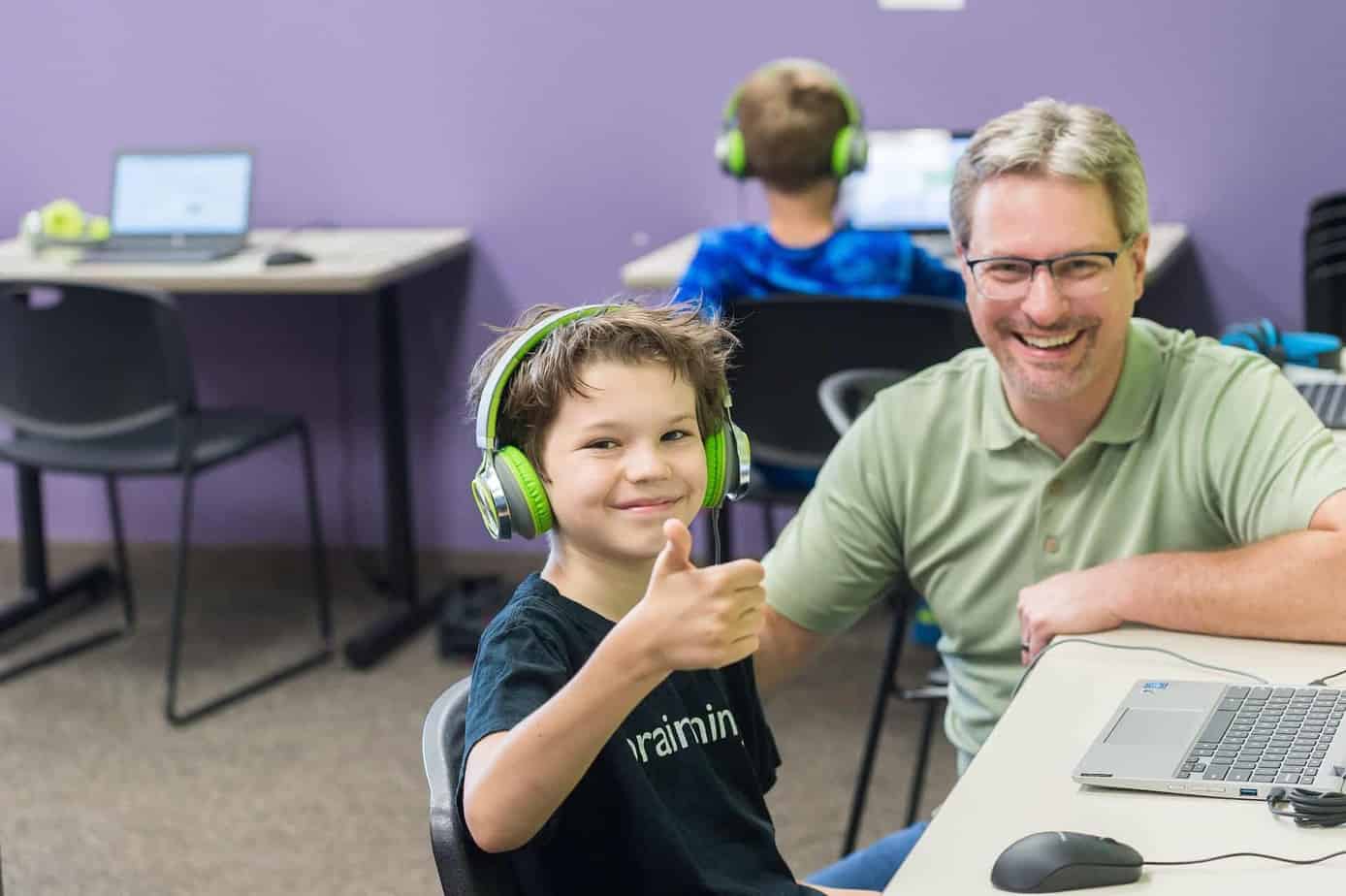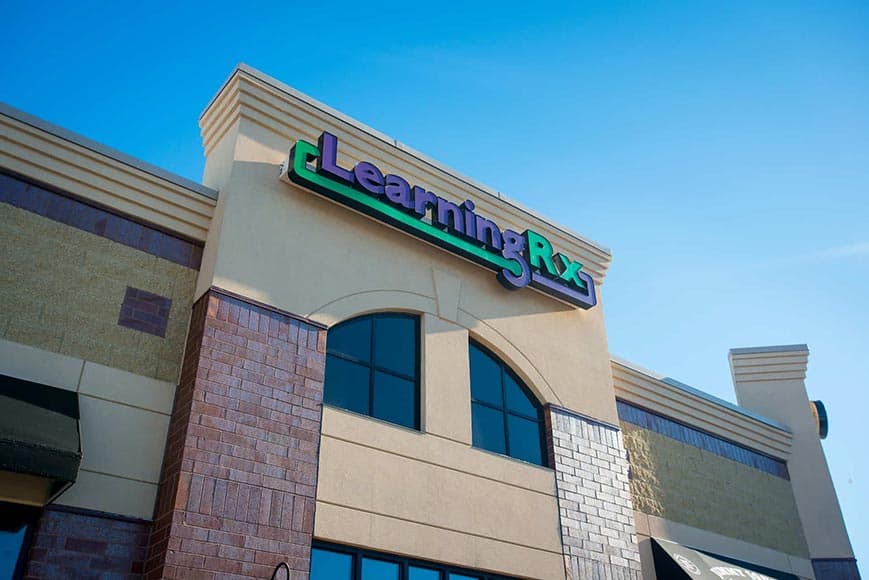How the ADHD Brain Is Different: A Parent’s Guide to Understanding and Helping Your Child
As a parent, you want to understand your child’s unique needs, especially when it comes to their brain health. If your child has ADHD, you may wonder how their brain differs from neurotypical brains and what you can do to support their development. Let’s explore some key differences in brain structure, blood flow, neurotransmitter balance, and cognitive skills, and how brain training could make a significant impact in the way they’re able to function in day-to-day life.
ADHD Brain Structure and Size
Research has shown that certain areas of the brain are structurally different in individuals with ADHD compared to neurotypical individuals. For example, the prefrontal cortex, which is responsible for executive functions like decision-making, impulse control, and attention, tends to be smaller in children with ADHD. The cerebellum, involved in motor control and coordination, is also often smaller.
These structural differences can make it more challenging for kids with ADHD to stay organized, control impulses, and focus on tasks, especially in school settings where these skills are crucial.
Blood Flow and Brain Activity
Another key difference lies in blood flow and brain activity. In neurotypical brains, there is a balanced blood flow to different brain regions, ensuring that areas responsible for focus, attention, and impulse control are adequately nourished. However, in the ADHD brain, there is often reduced blood flow in the prefrontal cortex, which can result in difficulties with maintaining attention and controlling impulses.
This reduced blood flow can make it harder for children with ADHD to concentrate for extended periods, leading to the common symptom of being easily distracted.
Neurotransmitter Balance
Neurotransmitters, the brain’s chemical messengers, also play a crucial role in ADHD brain function. Dopamine, a neurotransmitter associated with motivation, reward, and attention, is often found in lower levels in the ADHD brain. This imbalance can lead to difficulties in sustaining attention, completing tasks, and controlling impulses.
The imbalance of dopamine is one reason why stimulant medications, which increase dopamine levels, are commonly prescribed to manage ADHD symptoms. However, medications are not the only solution. Other interventions that optimize brain function can help remediate the struggles associated with these brain differences.
Cognitive Skills and Brain Training
Cognitive skills, such as working memory, processing speed, and cognitive flexibility, are often weaker in children with ADHD. These skills are essential for academic success and everyday functioning. For instance, working memory helps kids follow multi-step instructions, while cognitive flexibility allows them to switch tasks smoothly.
Brain training programs, like those offered at LearningRx, are designed to strengthen these cognitive skills through targeted exercises. By improving these skills, brain training can help children with ADHD enhance their ability to focus, process information more efficiently, and manage daily tasks more effectively.
How Brain Training Can Help
Brain training offers a personalized, non-medication-based approach to supporting kids with ADHD. Through structured exercises and activities, brain training focuses on strengthening the specific cognitive skills that are often weaker in the ADHD brain. This approach not only helps children perform better in school but also improves their day-to-day functioning by addressing the root causes of many of their challenges, when used alongside lifestyle supports and other interventions (like counseling or medication when necessary).







